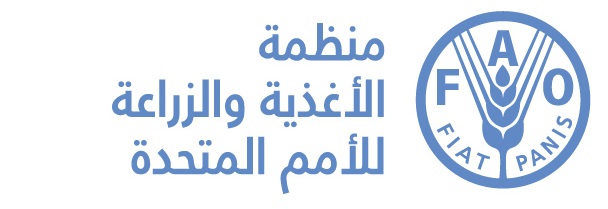Red Imported Fire Ant (RIFA) in Queensland, Australia
- old revision
- Publication Date
- إثنين, 01 مايو 2017, 04:16
- اخر تحديث
- مايو 1, 2017, 4:16 ص
- Report Number
- AUS-29/4
- الدولة
- Australia
- Pest Id
- Sirex noctilio - (SIRXNO)
- Report Status
- Preliminary
- Hosts
- environmental pest
- Pest Status (old values from ISPM 8 -1998 )
-
- Present: under eradication
- Pest Status (ISPM 8 - 2021)
-
- Present: not widely distributed and under official control
- Geographical Distribution
- RIFA were first discovered in Brisbane in Queensland, in February 2001, but may have been present for ten years. The entry pathway into Brisbane is unknown, but was possibly in a shipping container from the US or South America. There have been three diffe
- ملخص
The RIFA eradication program is continuing. It uses a low-toxic bait treatment consisting of coarsely-ground corn soaked in soybean oil and an insect growth regulator (IGR), either S-methoprene or pyriproxyfen. The bait is applied by broadcasting it over an area using about a teaspoon per square metre. Worker ants take bait granules back to the nest, where they are passed among other ants and fed to the queen. These baits do not kill the ants but sterilise the queen and stop the larvae from developing. The worker ants are not replaced and the colony dies out.
Surveillance is ongoing; and treatment and containment measures are continuing in areas where RIFA have been detected. Under Queensland legislation, fire ants are a notifiable pest and suspected sightings must be reported to Biosecurity Queensland. Recently most nests detected are monogyne (single queen nests).
Once discovered and analysed, nests are totally destroyed. Community support for the program is high. Remote sensing is being trialled as an additional detection mechanism. The trials involve helicopter flights over properties with known RIFA infestations to capture images (including thermal and multi spectral imagery); colonies have a heat signature which can be detected through thermal imaging in comparison to the normal ground temperature. Multi spectral analysis should then be able to separate fire ant nests from nests of other ant species, or false alarms like mounds of dead grass.
Surveillance in other parts of Australia has not detected the pest.
- Danger
- RIFA inflict a fiery sting, which can cause a severe acute allergic reaction (anaphylaxis) and is therefore a social menace. Its presence severely damages the environment, the Australian outdoor lifestyle and the agriculture and tourism industries. Fire ants spread naturally through mating flights and budding or may be spread by flooding. A mated female (queen) can fly up to 2 km and when she finds a suitable nesting site, she sheds her wings and starts a new colony. Human-assisted spread may be via shipments of infested nursery stock, soil, or other high-risk materials; and potentially may be spread by movement of other materials and containers stored in a fire ant infested area. Fire ant nests can have a single queen or multiple queens. A new queen will lay up to 20 eggs initially. Eggs hatch in 7-10 days and become adults after 9-15 days. A queen can increase egg laying up to 800 eggs per day after initial hatching.
- Contact for info
- Australian Chief Plant Protection Officer Australian Government Department of Agriculture, GPO Box 858 Canberra ACT 2601 Australia [email protected]
- Report files
- الموقع
- http://www.environment.gov.au/biodiversity/invasive/insects/red-fire-ant.html
- Issue keywords
- Pest reporting
- Commodity keywords

